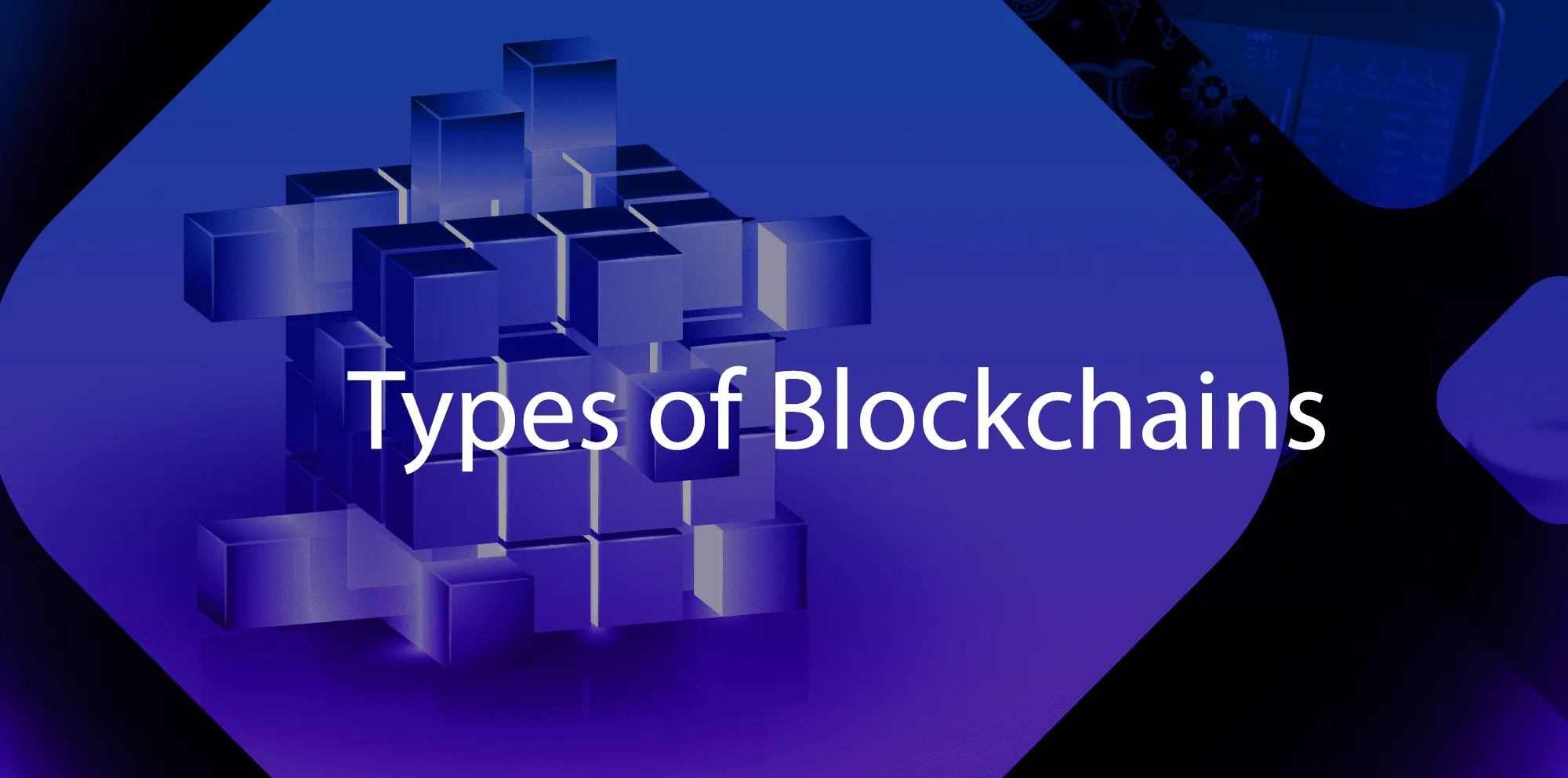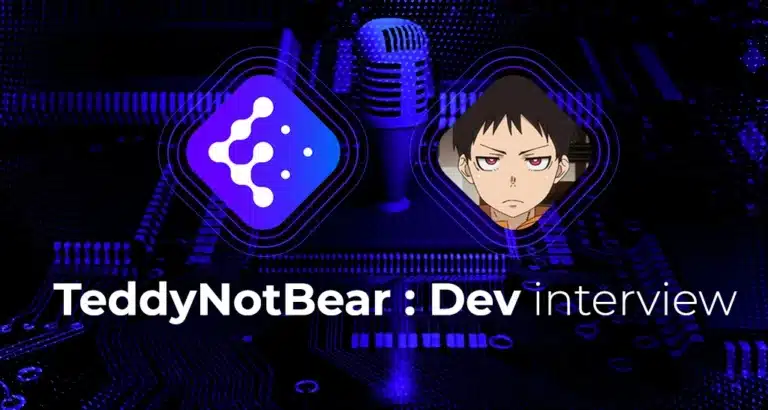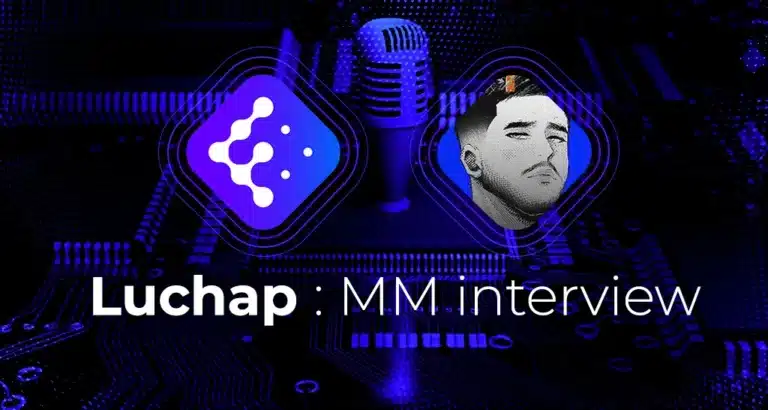Like all major innovations, blockchainBlockchain A public and immutable ledger of cryptographic transactions, organized in blocks. isn’t limited to a single model. Just as we have different types of social networks – some public like Twitter (or X), others professional like LinkedIn – blockchain comes in several versions, each with its own characteristics and strengths.
In this article, we’ll explore together the different blockchain families, understand their mechanisms, and discover how each type addresses specific needs. Whether you’re curious to understand the subtleties between public and private blockchains, or seeking to grasp the value of hybrid models, you’ll find here the keys to demystify this technology that’s redefining our way of seeing things.
Public blockchains
A public blockchain represents the purest expression of decentralization. In this type of network, each participant has the same rights and can actively contribute to its operation. To understand its nature, imagine a large ledgerLedger A record of all transactions on a blockchain, often managed in a decentralized manner. accessible to all, where each page is simultaneously copied onto thousands of computers worldwide. The consensusConsensus An agreement among blockchain participants on the validity of transactions. It is a key concept, essential for ensuring that all nodes on a chain share the same information. mechanism, cornerstone of this system, takes several forms. The most well-known, Proof of WorkProof of Work A consensus mechanism where miners compete to solve complex mathematical problems to validate transactions and secure the network. (PoW) used by Bitcoin, requires considerable computing power. Miners solve complex mathematical problems to validate transactions, ensuring securitySecurity The measures and technologies used to protect blockchain networks and assets from theft, fraud, and attacks. but generating high energy consumption. Alternatively, Proof of StakeProof of Stake A consensus mechanism where validators are selected based on the number of tokens they hold and are willing to "stake" as collateral. (PoS), adopted by Ethereum, requires validators to stake a certain amount of crypto, thus significantly reducing the energy footprint.
Public blockchains are also distinguished by their decentralized governance. Protocol modifications require community approval, creating a truly democratic system. This characteristic ensures strong resistanceResistance A price level where selling pressure is expected to be strong enough to prevent further price increases. to censorship and manipulation but can slow down the network’s technical evolution.
Private blockchains
Unlike public networks, a private blockchain functions as a closed and controlled system. The central authority, usually a company or organization, precisely defines who can access the network and what roles can be assigned to participants.
The transaction validation process differs significantly from the public model. Instead of relying on a vast network of anonymous miners, validation is performed by pre-identified and authorized nodes. This approach allows for simpler and faster consensus mechanisms, like Proof of Authority (PoA) where validators are explicitly designated by the network administrator.
The architecture of private blockchains prioritizes performance and confidentiality. ValidatorValidator A participant in a Proof of Stake network responsible for validating transactions and securing the network.A participant in a Proof of Stake network responsible for validating transactions and securing the network. nodes, fewer in number and better controlled, can process a much larger volume of transactions. Permission management also allows precise definition of who can see what information, creating different levels of data access.
Consortium blockchains
Consortium blockchains represent a particularly sophisticated intermediate approach. In this model, multiple organizations collaborate to administer the network, creating a shared governance system. Each consortium member can participate in transaction validation and decision-making regarding network evolution.
The consensus mechanism in a consortium blockchain is often based on BFT (Byzantine Fault Tolerance) protocols or its variants. These protocols allow rapid consensus while tolerating potential malicious or failing nodes. For example, the PBFT (Practical Byzantine Fault Tolerance) protocol requires agreement from a qualified majority of validators to confirm a transaction.
Consortium blockchain governance relies on pre-established rules between participants. Committees can be formed to manage different network aspects: technical, security, protocol evolution. This structure enables faster decision-making than public blockchains while maintaining a certain level of decentralization.
Hybrid blockchains
Hybrid blockchains represent a major architectural innovation. They allow creating bridges between different types of blockchain networks, offering unprecedented flexibility. In this system, a private blockchain can selectively interact with a public blockchain, creating a complex but highly functional ecosystem.
The operation of a hybrid blockchain relies on sophisticated anchoring and cross-validation mechanisms. Transactions can be validated on the private chain for performance reasons, then periodically anchored to the public chain to benefit from its enhanced security. This approach also allows different handling of data based on confidentiality level: sensitive information remains on the private chain while cryptographic proofs of their existence are published on the public chain.
Sidechains
A sidechainSidechain A separate blockchain that runs parallel to a main chain, allowing for interoperability and the transfer of assets between the two. is like a secondary road running alongside a main highway. Imagine the main blockchain as a busy artery where each transaction must be validated by the entire network. Sidechains operate in parallel, allowing part of the traffic to be diverted for more efficient processing.
The operating mechanism of a sidechain relies on a principle called “two-way peg.” When a user wishes to conduct transactions on a sidechain, their assets are first “frozen” on the main chain, then an equivalent amount is created on the sidechain. Once transactions are completed on the sidechain, assets can be “unfrozen” on the main chain. This process is guaranteed by robust cryptographic proofs ensuring transfer integrity.
Sidechains can have their own consensus rules, better suited to specific use cases. For example, a sidechain dedicated to micropayments could use a faster and less costly validation mechanism than the main chain, while maintaining an appropriate security level for this type of transaction.
State channels
State channels represent a different but complementary approach. Unlike sidechains that create complete parallel chains, state channels establish direct communication channels between participants for a series of transactions.
Take the example of two players competing in a video game with crypto stakes. Instead of recording each game action on the main blockchain, they can open a state channel. Only two transactions will be recorded on the main chain: channel opening (with initial deposit) and closing (with final settlement). Meanwhile, players can exchange hundreds of actions without overloading the main network.
State channel security is ensured by a cryptographic signature system. Each participant signs successive channel states, creating a verifiable history. In case of disagreement, the last state signed by all participants can be submitted to the main blockchain as proof.
Interaction between sidechains and state channels
These two technologies can be powerfully combined. A sidechain can host multiple state channels, creating a multi-level architecture. This approach allows great flexibility in transaction management.
Frequent transactions between two parties can use state channels for maximum efficiency. Transactions involving multiple participants can be processed on the sidechain. Critical or high-value transactions can be recorded on the main chain.
Impact on scalabilityScalability The ability of a blockchain network to handle a growing number of transactions efficiently.
This multi-layerLayer Refers to different levels of protocols or platforms in the blockchain ecosystem, such as Layer 1 (base blockchains like Ethereum) or Layer 2 (scaling solutions built on top of Layer 1). architecture solves one of blockchain’s biggest challenges: scalability. By distributing workload across different levels, the system can theoretically process millions of transactions per second, while traditional blockchains are limited to dozens or hundreds.
More importantly, this performance improvement doesn’t compromise security. Each architecture level maintains a cryptographic link with the main chain, creating an unbroken “chain of trust.” Users can choose the level that best matches their needs in terms of speed, cost, and security.
Conclusion
These innovations illustrate this technology’s infinite potential to transform our ways of exchanging, collaborating, and creating value. Whether novice or expert, understanding these mechanisms allows full appreciation of blockchain’s revolutionary impact in our constantly evolving world.











